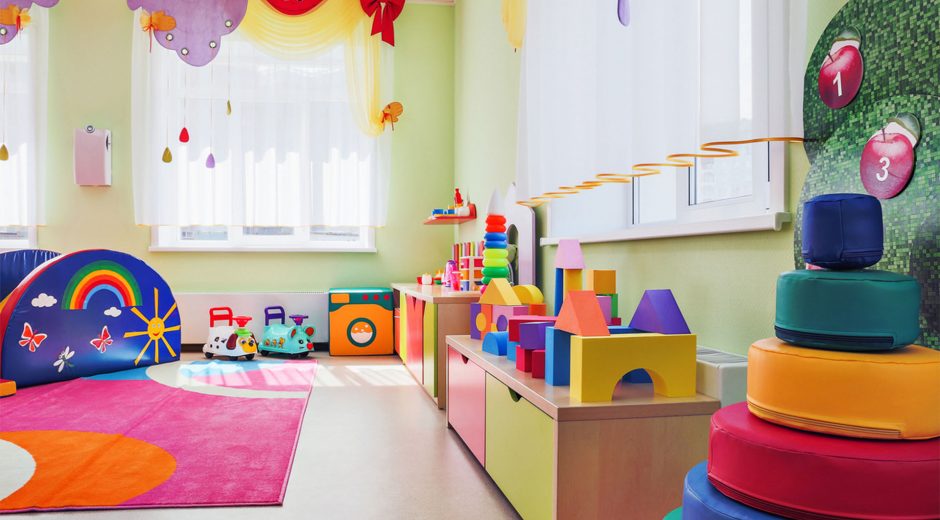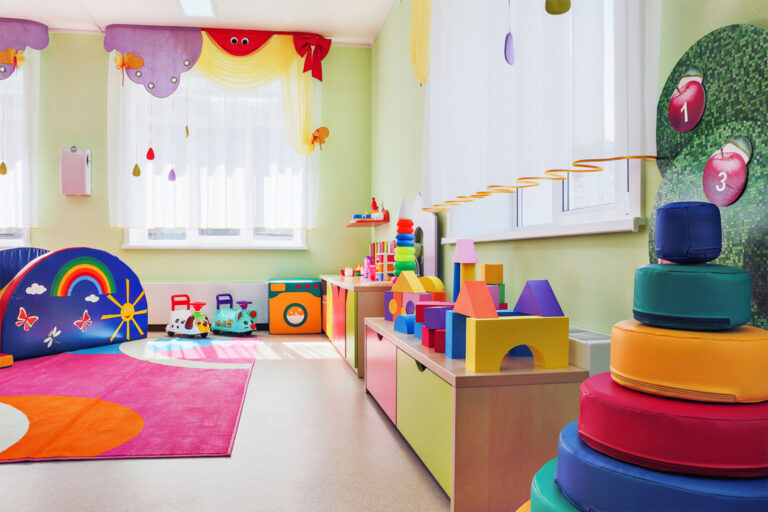The Broken Windows Theory
Have you ever been in “the bad side of town”? What tipped you off that it was “the bad side”? Was it the boarded up windows? Trash and litter on the streets? Graffiti?
“The broken windows theory states that visible signs of disorder and misbehavior in an environment encourage further disorder and misbehavior, leading to serious crimes. The principle was developed to explain the decay of neighborhoods, but it is often applied to work and educational environments.” (Psychology Today)
I’d first heard of The Broken Windows Theory while having coffee with a 78 year old friend. She was telling me how she is the manager of a set of eight condos. Anytime something is broken, it is fixed immediately. If there is a piece of paper on the ground, she always bends down and picks it up. She even said that when stuff is set near the trash can, she often picks it up and takes it to the dump or the recycling center.
This boggled my mind, I couldn’t imagine my very classy 78 year old friend, who I affectionally call “Aunt P” picking up discard trash around a dumpster. She laughed while she told me about a giant metal hookah pipe she found and had placed in her trunk for recycling. “It was all metal she exclaimed!”
What Aunt P had told me about The Broken Windows Theory intrigued me, so of course, I had to investigate! It turns out that quite a bit of research has been done on the theory that when a neighborhood is blighted and the windows become broken, that small crimes increase and smaller crimes lead to bigger crimes. According to an article in The New Yorker, published in 2018, one research group spent a decade tracking vacant lots and nearby properties that had slight improvements. Even simple cosmetic improvements seemed to impact the community around it. The study was done in Philadelphia and the findings were significant.
“What the Philadelphia studies suggest is that place-based interventions are far more likely to succeed than people-based ones. “Tens of millions of vacant and abandoned properties exist in the United States,” Branas and his team wrote. Remediating those properties is simple, cheap, and easily reproducible. What’s more, the programs impose few demands on local residents, and they appear to pay for themselves. “Simple treatments of abandoned buildings and vacant lots returned conservative estimates of between $5.00 and $26.00 in net benefits to taxpayers and between $79.00 and $333.00 to society at large, for every dollar invested,” the team wrote. It’s not only more dangerous to leave the properties untended—it’s more expensive.” (The New Yorker)
Problems with The Broken Windows Theory
When you read the studies about The Broken Windows Theory it isn’t all good. Some policing was done that seemed to impact low-income families and minorities. Petty crimes were more of the focus instead of the places? So one of the problems with the theory was easily overcome when the attention went to places instead of people. To me this seems counterintuitive. But the above video makes this interesting statement: “When humans enter an environment, they look for signals for how they interact in that environment.”
So could it be that how a place looks impacts our behavior? I think that just by taking a short glimpse into our own behavior can give us a quick answer.
Have you ever been in a rundown building that was being demolished? Did you have the urge to kick through a wall, smash something? What about when you saw chewing gum stuck to a wall, have you ever seen a place that was just covered in chewing gum? What about graffiti? It seems that when a place is run down, human behavior changes.
So where is the proof?
According to an article on TakingCharge.com:
“There is a great deal of very rigorous research that links the physical environment of hospitals to health outcomes. According to Ulrich and Zimming, authors of the 2004 report, The Role of the Physical Environment in the 21st Century Hospital , there are more than 600 credible studies that show how aspects of healthcare design can influence medical outcomes.” (TakingCharge.com)
I recently read a book called The Scent Keeper and it was a fictional story with a plot that was tied to how smell impacts our behavior. It was fascinating. The book alludes to the fact that casinos use scents to increase gambling, I had heard of this before, but I hadn’t done much research on it. But with just a little sleuthing (call me Nancy Drew) on Google I found this article about a company called AromaSys that has been pumping scents into casinos in Vegas since 1991.
“The simple answer is that there are metal devices the size of breadboxes attached to the ventilation systems of nearly every Strip resort. The boxes vaporize highly aromatic and shockingly expensive oils into the ducts, where the airflow dilutes and distributes them. The first such systems in Las Vegas were installed at the Mirage in 1991 by Mark Peltier, president of a company called AromaSys.” (Las Vegas Sun)
So How Does This Impact the Classroom?
Have you ever seen a movie where a school in a bad neighborhood is filled with problem children? The schools are often covered in graffiti. Chain link fences are broken down. There is a general feeling of “no one cares about this place.” I can’t imagine that that message is then transferred to the students that attend that school. It seems that if the environment around us is cared for, that we feel a responsibility to keep it that way. Or to at least leave it the way we found it. When something is already run down, it seems to invite behavior breakdown. But don’t just take my word for it, check out this article: How Comfortable Classrooms Lead to a Better Student Community
Become a Teacher. Change Lives.
If you are passionate about impacting the world around you there are few places where you can influence the future as much as a teacher. Teachers have the ability to build students up and set them on a positive course that can have a ripple effect for future generations.
If you are interested in becoming a teacher, check out our online teacher certification process and you could be teaching in a matter of weeks.




